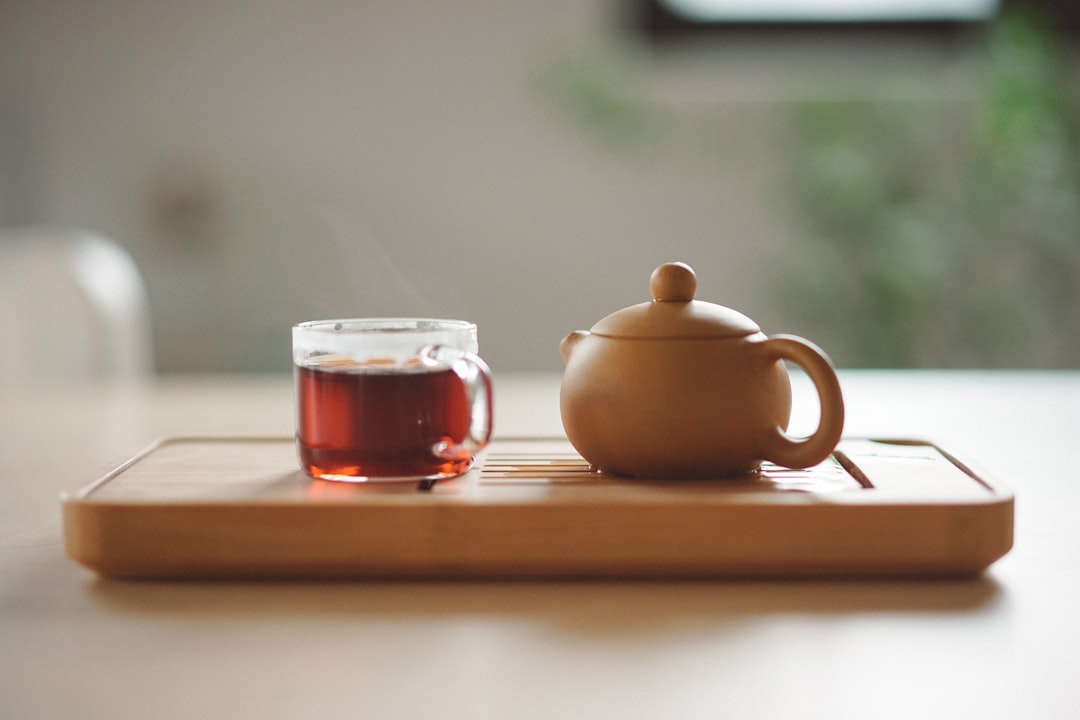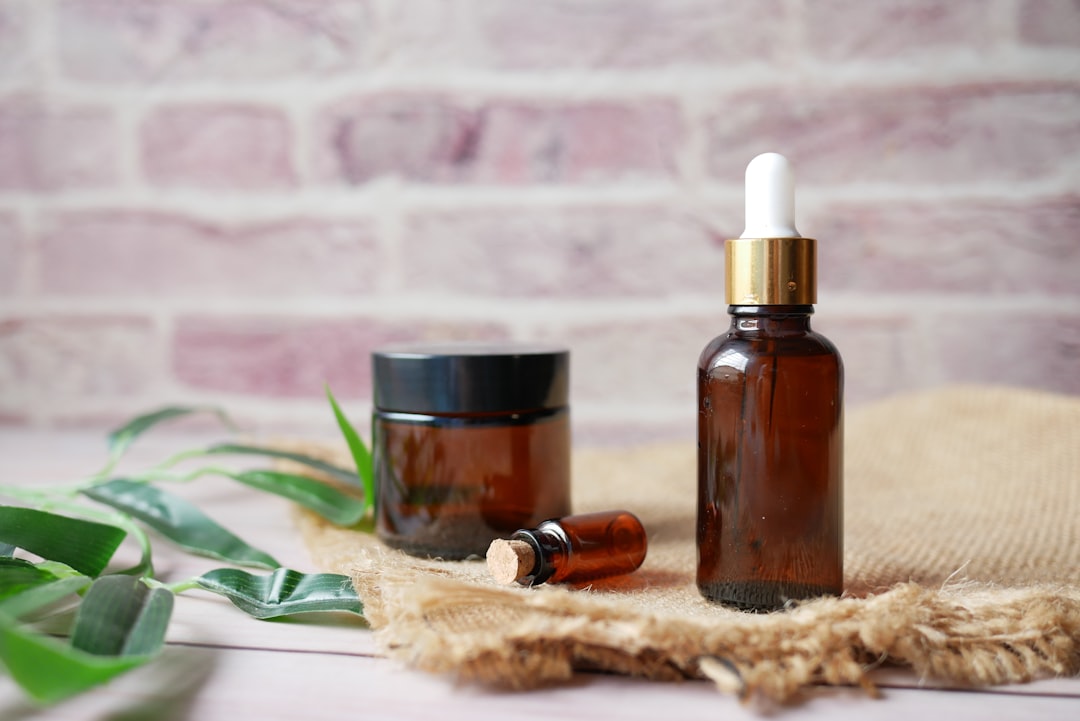DIY face masks have become increasingly popular in recent years as people seek natural and cost-effective ways to care for their skin. These homemade skincare treatments are made from simple, natural ingredients that can be found in most kitchens, making them accessible to everyone. Whether you have oily, dry, or combination skin, there is a DIY face mask recipe out there for you. From soothing oatmeal masks to brightening turmeric masks, the possibilities are endless when it comes to creating your own skincare products at home. Not only are DIY face masks fun to make, but they also allow you to tailor the ingredients to suit your specific skin concerns. In this article, we will explore the benefits of homemade skincare treatments, common ingredients used in DIY face masks, different types of DIY face masks for various skin concerns, how to make and apply DIY face masks, as well as precautions and tips for using them.
Benefits of Homemade Skincare Treatments
There are numerous benefits to using homemade skincare treatments, particularly DIY face masks. Firstly, they are cost-effective. Many commercial skincare products can be expensive, and it can be difficult to find one that works well for your skin type. By making your own face masks at home, you can save money and customize the ingredients to suit your skin’s needs. Additionally, DIY face masks are made from natural ingredients, which means you can avoid the harsh chemicals and preservatives often found in commercial products. This can be especially beneficial for those with sensitive skin or allergies. Furthermore, making your own face masks can be a fun and creative process. You can experiment with different ingredients and combinations to find the perfect formula for your skin. Finally, DIY face masks can provide instant gratification. After just one use, you may notice improvements in your skin’s texture, tone, and overall appearance.
Common Ingredients for DIY Face Masks
There are countless ingredients that can be used to create DIY face masks, but some of the most common ones include honey, yogurt, avocado, oatmeal, turmeric, and aloe vera. Honey is a natural humectant, meaning it helps to retain moisture in the skin, making it an excellent ingredient for hydrating masks. Yogurt contains lactic acid, which can help to exfoliate the skin and improve its texture. Avocado is rich in healthy fats and antioxidants, making it ideal for nourishing and revitalizing dry or mature skin. Oatmeal has soothing properties and can help to calm irritated or inflamed skin. Turmeric is known for its anti-inflammatory and brightening effects, making it a popular choice for those with acne-prone or dull skin. Aloe vera is another soothing ingredient that can help to reduce redness and irritation. These ingredients can be used alone or combined to create a wide variety of DIY face masks to address different skin concerns.
Different Types of DIY Face Masks for Various Skin Concerns
There are many different types of DIY face masks that can be tailored to address specific skin concerns. For those with oily or acne-prone skin, a clay mask made with ingredients such as bentonite or kaolin clay can help to absorb excess oil and unclog pores. Adding tea tree oil or witch hazel to the mask can provide additional antibacterial and astringent properties. If you have dry or dehydrated skin, a moisturizing mask made with ingredients like honey, avocado, or coconut oil can help to replenish lost moisture and improve the skin’s barrier function. For those with dull or uneven skin tone, a brightening mask made with ingredients like turmeric, lemon juice, or papaya can help to exfoliate and promote a more radiant complexion. Additionally, there are soothing masks for sensitive or irritated skin, exfoliating masks for rough or congested skin, and anti-aging masks for mature skin. By customizing the ingredients in your DIY face masks, you can address your specific skin concerns and achieve the results you desire.
How to Make and Apply DIY Face Masks
Making your own DIY face masks at home is a simple and rewarding process. To create a basic mask, start with a base ingredient such as yogurt, honey, or mashed avocado. Then, add additional ingredients based on your skin’s needs. For example, if you want to create a hydrating mask, you could mix honey with aloe vera gel and a few drops of jojoba oil. If you’re looking for an exfoliating mask, you could combine yogurt with ground oatmeal and a teaspoon of lemon juice. Once you have mixed your ingredients together, apply the mask to clean skin and leave it on for 10-15 minutes before rinsing off with warm water. It’s important to patch test any new ingredients before applying them to your entire face to ensure you don’t have an adverse reaction. Additionally, be mindful of any allergies you may have to certain foods or ingredients. When applying the mask, avoid the delicate eye area and be gentle when removing it to avoid irritating the skin.
Precautions and Tips for Using DIY Face Masks
While DIY face masks can be beneficial for the skin, there are some precautions and tips to keep in mind when using them. Firstly, it’s important to use fresh ingredients and avoid using any expired or spoiled foods in your masks. Additionally, be cautious when using ingredients like lemon juice or essential oils, as they can be irritating to some individuals’ skin. Always dilute these potent ingredients and use them sparingly. It’s also important to be mindful of any allergies you may have to certain foods or ingredients. If you have sensitive skin or are prone to allergic reactions, consider doing a patch test before applying a new mask to your entire face. Furthermore, it’s essential to follow up with a moisturizer after using a mask to lock in hydration and protect the skin’s barrier function. Lastly, don’t overdo it with DIY face masks – using them too frequently can lead to over-exfoliation or irritation. Aim to use a mask 1-2 times per week and listen to your skin’s needs.
Conclusion and Final Thoughts on Homemade Skincare Treatments
In conclusion, DIY face masks are a wonderful way to care for your skin using natural and cost-effective ingredients that can be found in most kitchens. The benefits of homemade skincare treatments are numerous, including cost-effectiveness, customization, natural ingredients, and instant gratification. By using common ingredients such as honey, yogurt, avocado, oatmeal, turmeric, and aloe vera, you can create a wide variety of DIY face masks tailored to address specific skin concerns. Whether you have oily, dry, sensitive, or mature skin, there is a DIY face mask recipe out there for you. When making and applying DIY face masks, it’s important to take precautions such as patch testing new ingredients and being mindful of any allergies or sensitivities. By following these tips and guidelines, you can enjoy the many benefits of homemade skincare treatments while caring for your skin in a safe and effective manner.
Discovering the perfect homemade skincare treatments is just the beginning of achieving radiant and healthy skin. Understanding your skin type is crucial for personalized skincare, and this insightful article from Best Skincare Products provides a comprehensive guide to help you identify and cater to your specific skin needs. Whether you have dry, oily, combination, or sensitive skin, this guide will empower you to make informed decisions about your skincare routine. Pairing your DIY face masks with targeted skincare products like Babe Vitamin C Ampoules or La Roche-Posay Hyalu B5 Pure Hyaluronic Acid Serum can further enhance the effectiveness of your homemade treatments. Learn more about personalized skincare by visiting Best Skincare Products.
FAQs
What are DIY face masks?
DIY face masks are homemade skincare treatments that are made using natural ingredients such as fruits, vegetables, and other household items. These masks are used to nourish, hydrate, and rejuvenate the skin.
What are the benefits of using DIY face masks?
DIY face masks can provide various benefits for the skin, including hydration, exfoliation, and the reduction of acne and blemishes. They can also help to improve skin texture and tone, as well as promote a healthy, radiant complexion.
What are some popular ingredients used in DIY face masks?
Popular ingredients used in DIY face masks include honey, yogurt, avocado, oatmeal, turmeric, and aloe vera. These natural ingredients are known for their skincare benefits and can be easily found in most kitchens.
Are DIY face masks suitable for all skin types?
DIY face masks can be suitable for all skin types, but it’s important to choose ingredients that are appropriate for your specific skin concerns. For example, those with sensitive skin may want to avoid harsh exfoliants, while those with oily skin may benefit from ingredients that help to control excess oil production.
How often should DIY face masks be used?
The frequency of using DIY face masks depends on the individual’s skin type and the specific ingredients used. As a general guideline, it’s recommended to use a face mask 1-2 times per week to maintain healthy and glowing skin.
Are there any risks associated with using DIY face masks?
While DIY face masks are generally safe to use, there is a risk of allergic reactions or skin irritation, especially if the ingredients used are new to the skin. It’s important to patch test any new ingredients before applying them to the entire face. Additionally, some ingredients may not be suitable for certain skin conditions, so it’s best to consult with a dermatologist if you have any concerns.




